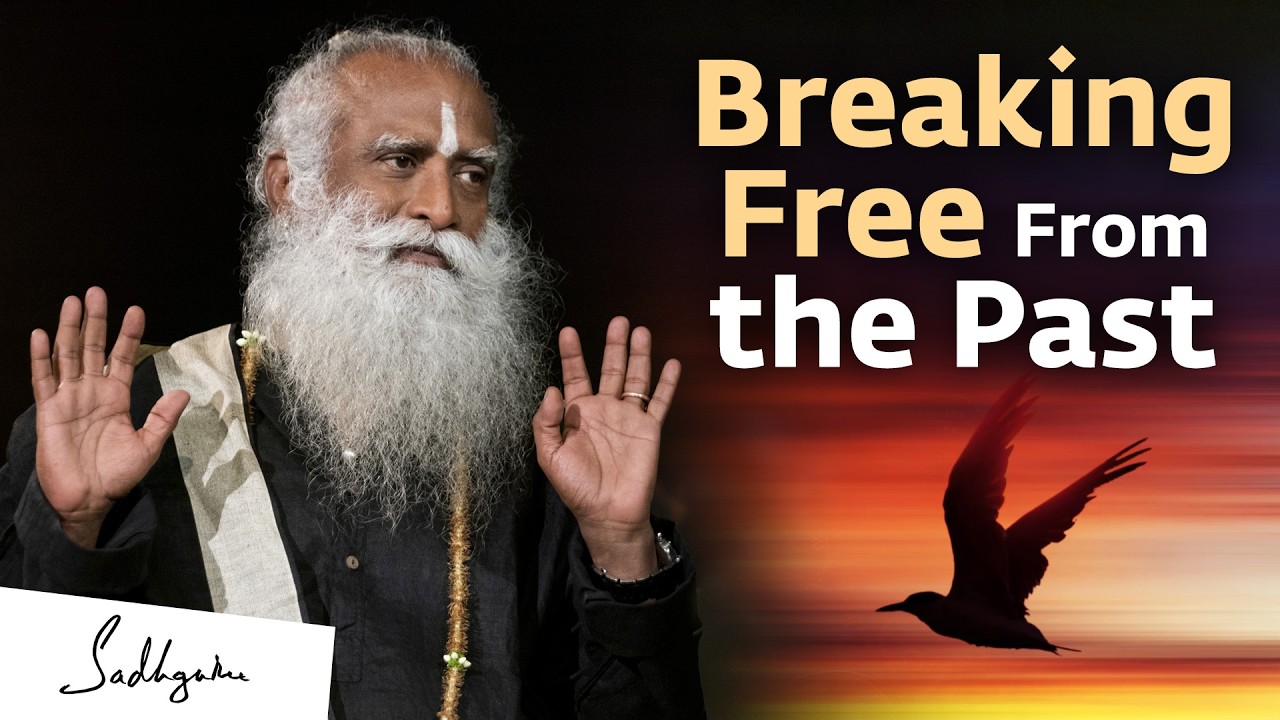Hindu Creation Stories
Summary
TLDRHinduism's unique perspective on creation is highlighted in this script, which explains the cyclical nature of the universe's creation. The narrative begins with the cosmic ocean, where Vishnu rests on a serpent, and a lotus sprouts from which Brahma emerges. Brahma, after deep meditation, creates the heavens, sky, and earth from the lotus, followed by the diverse flora and fauna. The script also details Brahma's various attempts to expand life, including the creation of different species and the birth of offspring through different forms, illustrating the continuous cycle of creation and life.
Takeaways
- 🌀 Hinduism embraces multiple creation stories, reflecting a belief in periodic cycles of creation rather than a single event.
- 🌌 The universe is considered one among countless others, suggesting a vast multiverse in Hindu cosmology.
- 🐍 The narrative begins with a cosmic ocean, a serpent, and a lotus, symbolizing the origins of life and the universe.
- 🛌 Vishnu, the preserver, is depicted sleeping on the serpent, representing the cyclical nature of existence and rest before action.
- 🌼 The lotus emerging from Vishnu's navel signifies the emergence of creation, with Brahma, the creator, seated on top.
- 🧘 Brahma's initial confusion and Vishnu's guidance underscore the theme of divine intervention in the process of creation.
- 🎶 The sacred sound, or 'Om', is described as a catalyst for Brahma's actions, highlighting the importance of sound in Hindu cosmogony.
- 🌐 Brahma's division of the lotus into three parts represents the creation of the heavens, the sky, and the earth.
- 🌿 The creation of flora and fauna by Brahma illustrates the Hindu belief in the diversity and interconnectedness of life.
- 🔄 The script mentions the cyclical nature of creation, with Brahma repeatedly creating and expanding the universe's living world.
- 🧑❤️👨 Brahma's experiments with creating life, including the merging and dividing of forms, reflect the Hindu concept of the evolution of species.
Q & A
Why does Hinduism have multiple creation stories instead of a single one?
-Hinduism embraces the concept of periodic cycles of creation and destruction, suggesting that the universe undergoes a series of births and deaths. This belief leads to multiple creation stories, each reflecting different aspects of the universe's cycles.
What is the significance of the vast ocean in Hindu cosmology?
-The vast ocean represents the primordial state of existence from which creation emerges. It is the backdrop for the unfolding of the universe's story, symbolizing the infinite potential before creation.
Who is Vishnu, and what role does he play in the creation story?
-Vishnu is a central deity in Hinduism, often associated with preservation and maintenance of the universe. In the creation story, Vishnu is depicted as resting on the serpent Ananta in the cosmic ocean, with a lotus sprouting from his navel, symbolizing the emergence of creation.
What is the role of the lotus in Hindu creation myths?
-The lotus that sprouts from Vishnu's navel is a symbol of divine creation. It is on this lotus that the four-headed Brahma sits, signifying the beginning of the creation process.
Why was Brahma initially unsure of his identity and purpose?
-Brahma's initial confusion represents the uncertainty before the act of creation. It is through Vishnu's encouragement and the sound arising from the ocean that Brahma finds his purpose to create the world.
What does the sacred sound represent in the Hindu creation story?
-The sacred sound, or 'Om', is a fundamental concept in Hinduism, symbolizing the cosmic vibration from which all creation arises. It guides Brahma in the act of creation.
How did Brahma divide the lotus to create different realms?
-Brahma split the lotus into three parts: one part became the heavens, another the sky, and the third the earth, thus establishing the structure of the physical universe.
What living beings did Brahma create after the initial creation of the universe?
-Brahma created grass, flowers, trees, birds, fish, and other animals, filling the world with a variety of living, breathing entities.
How did Brahma attempt to increase the population of the universe?
-Brahma attempted to increase the population by producing different forms, such as male and female entities that combined to give birth to offspring, or by dividing himself into male and female forms that produced various species.
What is the significance of the recurring cycles of creation in Hindu belief?
-The recurring cycles of creation and destruction reflect the eternal nature of existence in Hinduism. It suggests that the universe is in a constant state of change and renewal, with no absolute beginning or end.
How does the creation story in Hinduism relate to the concept of multiple universes?
-The story implies that our universe is just one of countless universes, each going through its own cycles of creation and dissolution, suggesting a vast multiverse with infinite possibilities.
Outlines

This section is available to paid users only. Please upgrade to access this part.
Upgrade NowMindmap

This section is available to paid users only. Please upgrade to access this part.
Upgrade NowKeywords

This section is available to paid users only. Please upgrade to access this part.
Upgrade NowHighlights

This section is available to paid users only. Please upgrade to access this part.
Upgrade NowTranscripts

This section is available to paid users only. Please upgrade to access this part.
Upgrade NowBrowse More Related Video

Vishnu, Shiva, Brahma - Vedic Explanation About Who Came First

Where Do Deleted Files Go?

Ishvara: Blind Faith vs Knowledge - Intro to Advaita Vedanta - Part 5

SIKLUS KEBIJAKAN PUBLIK | DR. IDA BAGUS BAYU BRAHMANTYA, S.H., M.H.

The Transformative Power of Yogasanas | Sadhguru

What Nasa Trying To Find Under 10 KM Sea Level? | Urdu / Hindi
5.0 / 5 (0 votes)